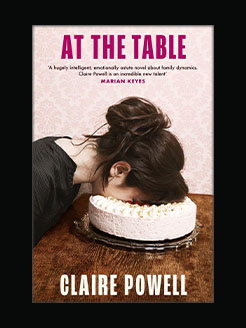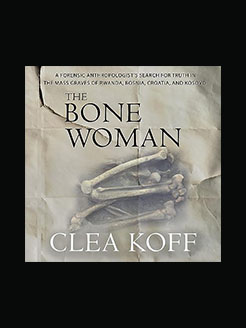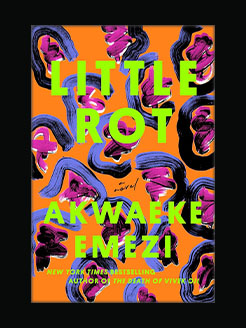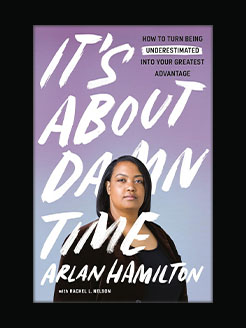Published in 2018
227 pages
Linda Nochlin was an American art historian, university professor and writer. A prominent feminist art historian, she was best known as a proponent of the question “Why Have There Been No Great Women Artists?”, in an essay of the same name published in 1971.
Her critical attention has been drawn to investigating the ways in which gender affects the creation and apprehension of art, as evidenced by her 1994 essay “Issues of Gender in Cassatt and Eakins”. Besides feminist art history, she was best known for her work on Realism, specifically on Gustave Courbet. Complementing her career as an academic, she served on the Art Advisory Council of the International Foundation for Art Research. In 2006, Nochlin received a Visionary Woman Award] from Moore College of Art & Design.
What is this book about?
A leading critic and historian of nineteenth-century art and society explores in nine essays the interaction of art, society, ideas, and politics.
a review by Kandace from goodreads:
A compelling collection of essays that situate nineteenth-century modernism as art historians characterize beginning with Courbet and then Manet through the impressionists and post-impressionists. A lot of the essays challenge the normative, progressive model of art history and work to better contextualize the work within the social and political landscapes instead. Nochlin as a feminist also has a keen eye for shifting the conversation toward issues of sexuality, class, and gender in important ways.
another review from goodreads by Deb:
For those of us who enjoy art history, these essays on the nineteenth century are a must read. Professor Nochlin does a marvelous job of setting the scene, both culturally and politically, for the modernist revolution which begins when the Impressionists decide that if the official government-sponsored Salon will not show their works, then they will organize their own shows, and goes on to examine the effects of light, color and space on canvas and paint. Edouard Manet looms large in these years, of course, as does Eugene Delacroix before him and Degas and Seurat afterwards. The essay on Degas and the Dreyfus Affair was especially revealing.







